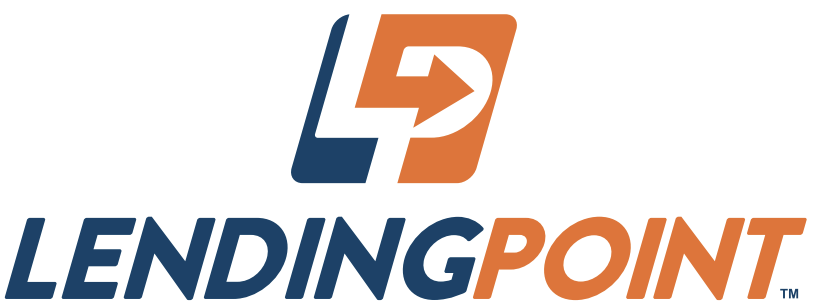Banks, credit unions and online lenders all offer small loans. Here’s what you need to know about the benefits and drawbacks of getting a loan from each.
Banks
Consider checking your rates with your bank while you shop around for your loan. It may take longer to get a personal loan from a bank compared with online lenders, but banks can be a good option if you appreciate in-person customer service or combining your borrowing with your banking.
Note that a bank may require that you visit a local branch in person to close on your loan.
Credit unions
To get a small personal loan from a credit union, you’ll typically need to become a member first. This sometimes requires a small fee or deposit. Check membership requirements before you apply, since some credit unions only cater to certain groups, such as people with military ties.
Credit unions also tend to offer smaller loan amounts than banks and online lenders. Navy Federal Credit Union, for instance, offers loans as small as $250.
Federal credit unions charge a maximum APR of 18.00%, which is particularly good news if you’re having trouble finding lower rates elsewhere.
Online lenders
Online lenders offer flexibility to consumers who don’t want to become a bank customer or credit union member. Because online lenders let you apply for small personal loans online and you don’t have to become a member or create a bank account, online lenders often take less time to approve and fund your small personal loan.
Online loans typically start in the $1,000 to $2,000 range. If you’re looking for a smaller loan, you’ll have better luck with a credit union or with other financing options.















